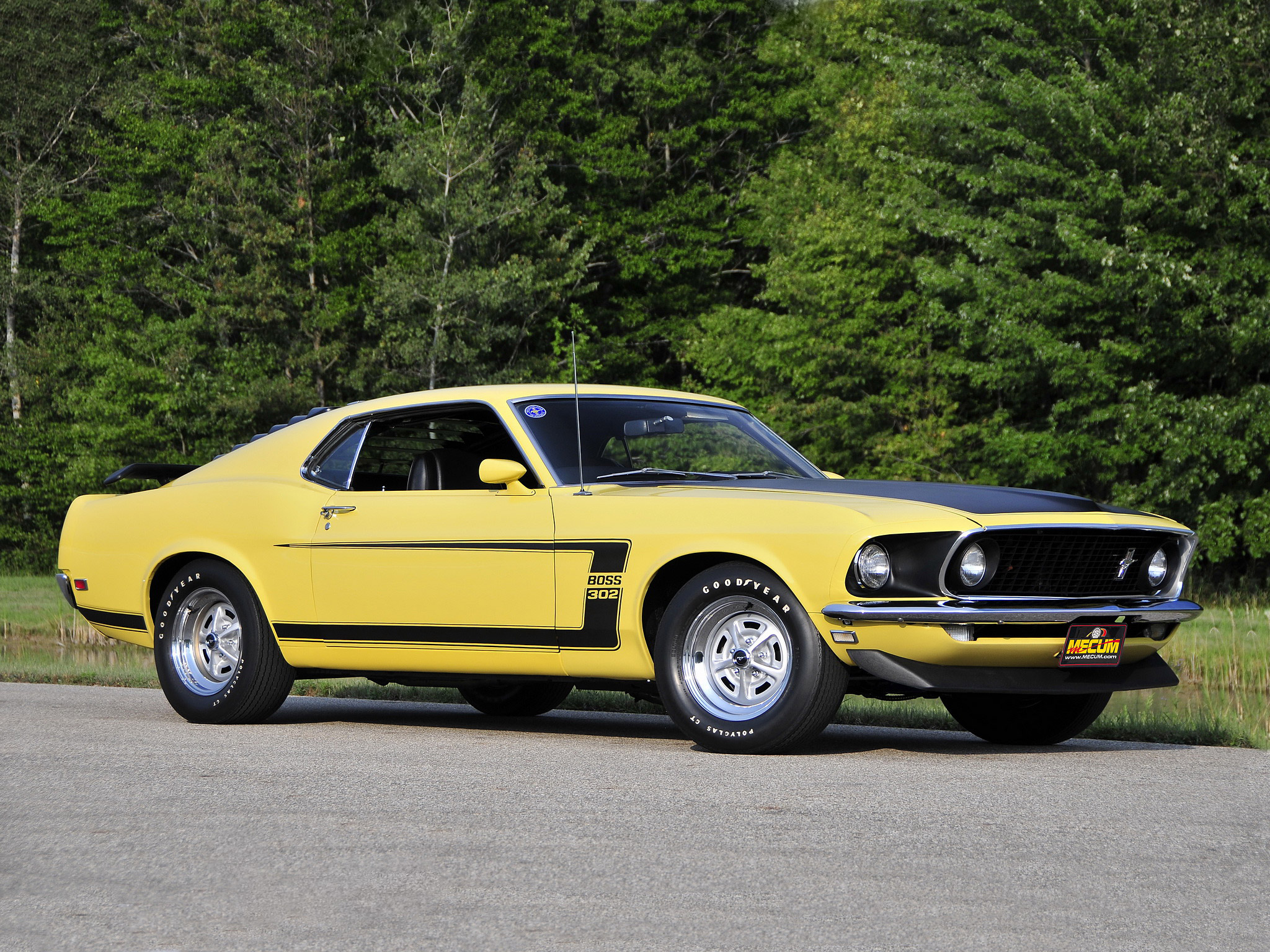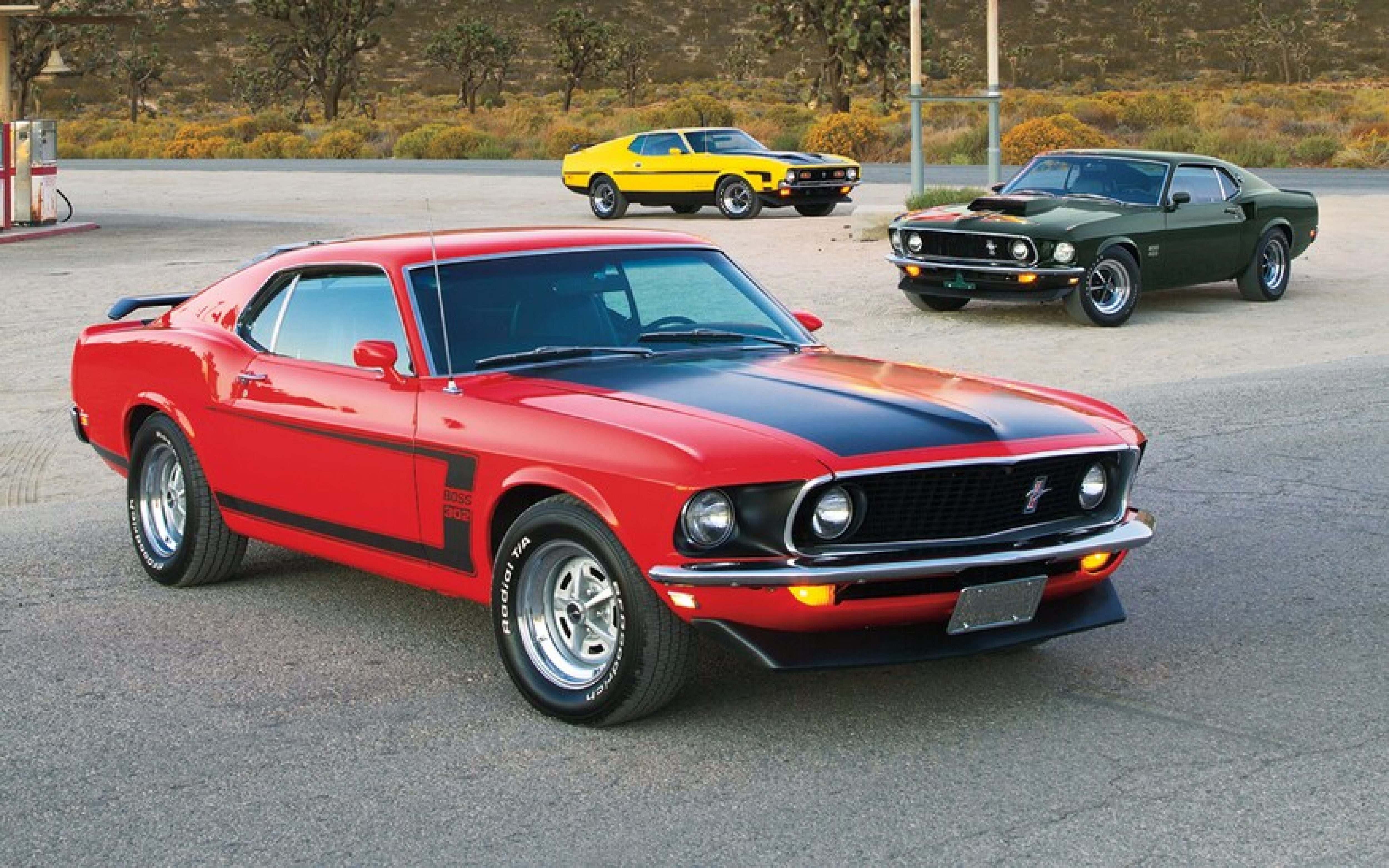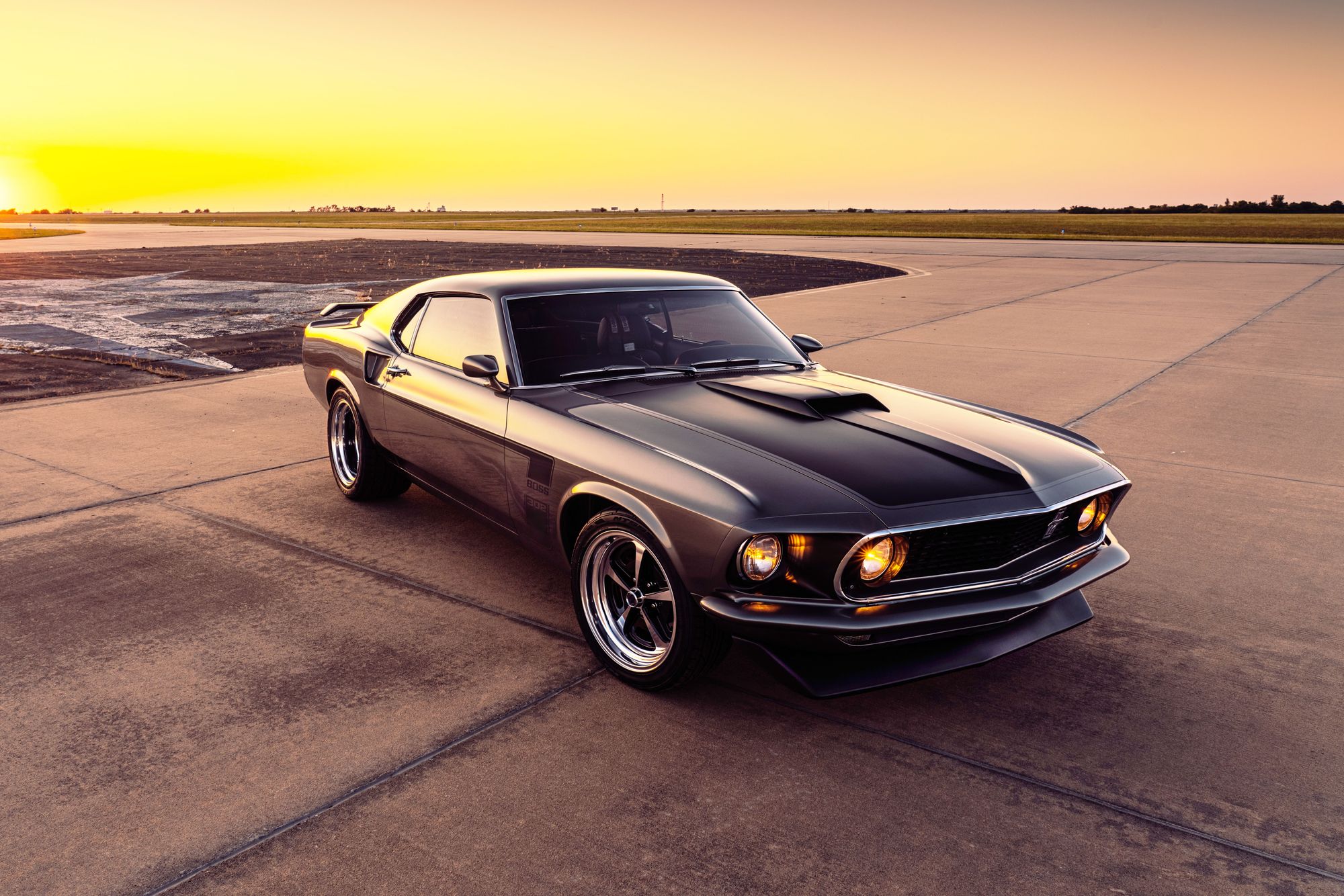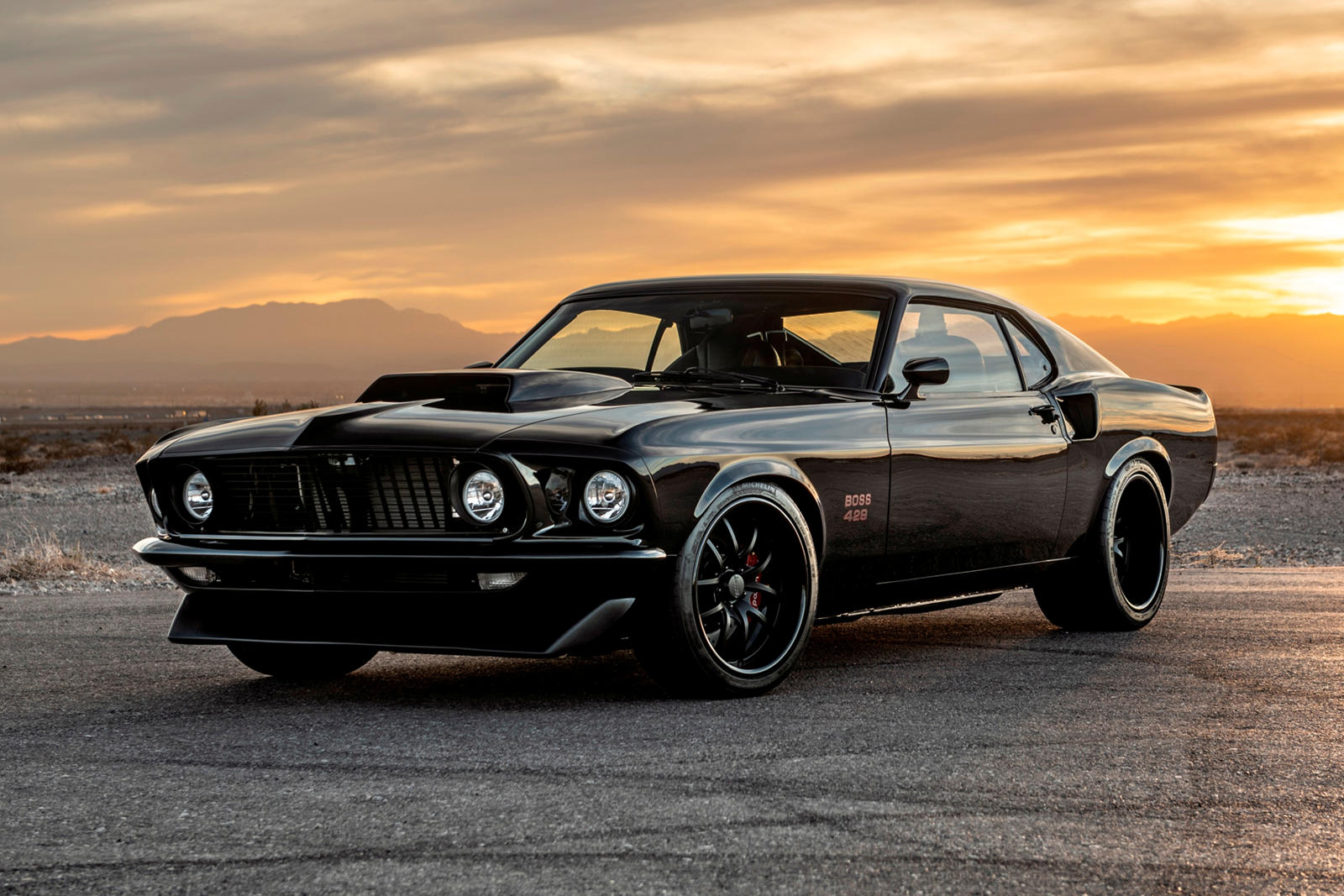2012-13 Ford Boss Mustang – Restoring Performance Heritage
The Ford Boss Mustang returned for 2012-2013 after a four decade absence, restoring the historic Boss nameplate to Ford’s pony car lineup. Reviving the 1960s-era Boss 302 and new Boss 302 Laguna Seca editions brought serious performance and focused track capability to the sixth-generation Mustang. Developed by Ford’s Special Vehicle Team, the modern Boss Mustangs exemplified the effort to reconnect the Mustang with its roots after years adrift.
Iconic Boss Mustang 302 V8 Resurrected
At the heart of the Boss’ revival was the reintroduction of the high-revving 5.0L “302” V8 built specifically for Trans Am racing homologation back in 1969. This time, the Ti-VCT V8 packed 444hp naturally aspirated horsepower, making it the most powerful normally aspirated engine Ford had ever released. A track-ready “Road Runner” intake manifold optimized high rpm breathing, while sodium filled exhaust valves resisted wear at sustained high engine speeds. This legendary powerplant defined the new Boss experience.
Track Focus Throughout
While street legal, the Boss engineering focused on maximizing at-limit handling and lap times on road courses. Chassis stiffness increased via additional bracing and towers. Retuned springs and shocks sharpened responses and reduced body roll. Larger stabilizer bars fought understeer. A 3.73 rear axle ratio quickened acceleration. Electronic steering assist was recalibrated for enhanced feel and feedback. Brembo brakes ensured fade-free stopping power while racing. The Boss Mustang chassis proved itself track-ready.
Boss Mustang Aggressive Style Matches Potency
The styling also returned to the Boss’ racing roots, with visuals like the signature hockey stick stripes and spoilers amplifying its performance mission. A unique fascia with round fog lamps and deeper chin spoiler helped manage airflow. Blacked-out grilles and tail lamps reduced distractions. Aluminum decklid and darkened halo headlamps added sinister allure. Available Recaro interior bucket seats and cues like ball-shaped knobs reinforced the cockpit’s focused purpose. The Boss looked ready to devour curvy backroads.
Hardcore Laguna Seca Edition
For maximum capability, the Laguna Seca edition honed the Boss formula even further. Stiffer springs and rubber isolators enhanced chassis reflexes and driver connection. Electronic rear differential optimized grip exiting turns. Two-tone lightweight 19-inch racing wheels wrapped in R-compound tires provided tenacious adhesion that out-gripped the base Boss. Additional aerodynamic elements like a massive fixed rear wing maximized downforce for high speed cornering. The Seca dove deeper into the Boss Mustang’s racing development.
Success as Halo Performance Model
The modern Boss successfully showcased the sixth-generation Mustang’s potential for precision and speed after years without a true high-performance variant. It brought aspirational power, handling and exclusivity back to the Mustang lineup. Collectors today pursue low-mileage Boss editions given the limited two-year production run and instant collectability. For Mustang faithful, the Boss represented a return to what the nameplate did best – producing homologation specials just like the original.





